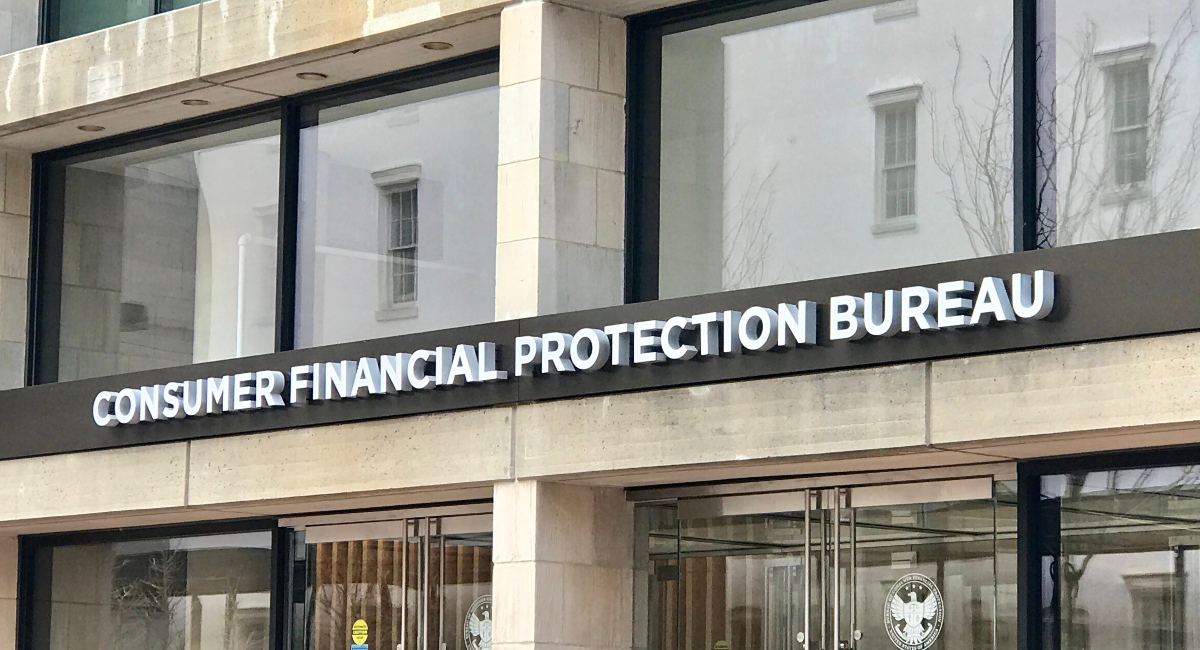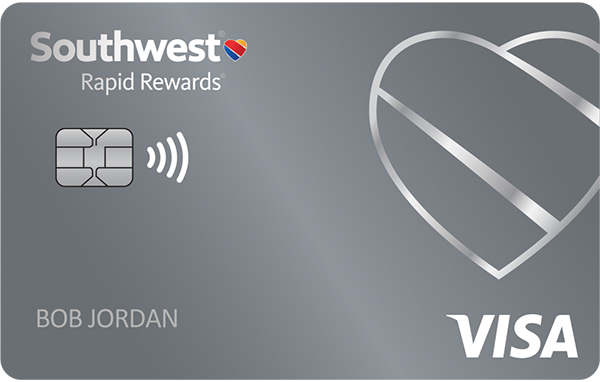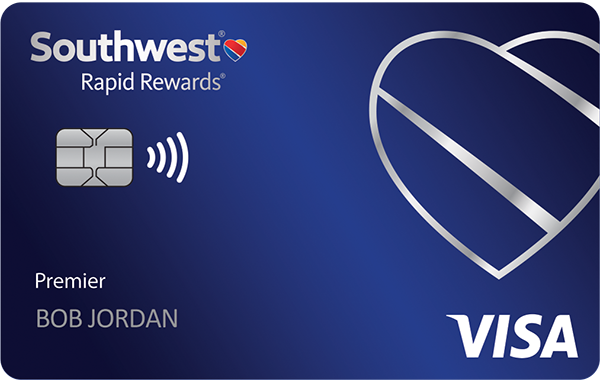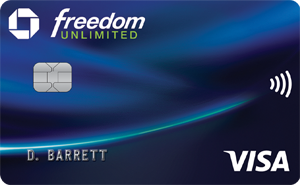
8 Major Student Loan Shifts Expected Under Trump’s 2025 Administration
Following last week’s decisive election, Donald Trump is set to return to the White House in 2025.Republicans also managed to flip the Senate and maintain narrow control of the House of Representatives.With a conservative supermajority holding onto the Supreme Court, as well, this means that Republicans will control all levers of federal power for at least the next two years.The circumstances present a mixed picture, at best, for student loan borrowers.
Many borrowers have faced unprecedented uncertainty as several key student loan forgiveness and repayment programs remain stuck or blocked due to legal challenges. The good news is that borrowers will likely have a lot more clarity next year.The bad news is that the federal student loan system may soon look fundamentally different than it does today.This week, the federal Consumer Financial Protection Bureau (CFPB) released a survey outlining the positive and negative impacts of the Biden administration’s student debt relief initiatives and the associated legal challenges.The CFPB found that more than 60% of borrowers who received student loan forgiveness under Biden administration programs reported positive life changes.
But more than four in 10 borrowers were unaware of all their repayment plan options, and nearly two-thirds reported having difficulty making their student loan payments.The CFPB’s report may be a harbinger of challenges many student loan borrowers may face in the coming months.Here’s a breakdown.No mass student loan forgiveness “A majority of borrowers who received debt relief said it gave them the opportunity to pursue important life decisions,” said the CFPB in a statement this week accompanying the release of its survey. “Across all borrowers who received debt relief, 61 percent reported that the relief had allowed them to make a beneficial change in their life sooner than they otherwise would have.” But mass student loan forgiveness is, at this point, likely dead. An injunction issued by a Missouri federal court blocked the Biden administration’s “Plan B” debt relief initiative, and the program is likely to get struck down.
Separately, the administration’s recently-announced hardship student loan forgiveness program will probably go nowhere; the Education Department has not yet finalized the regulations for this plan and wasn’t expected to do so until 2025. The incoming Trump administration is likely to kill the program before it gets off the ground.SAVE plan will likely end, and repayment will resume More than eight million borrowers are stuck in a general forbearance following the August injunction issued by the 8th Circuit Court of Appeals blocking the Saving on a Valuable Education (SAVE) plan.The injunction, which the court granted in response to a legal challenge brought by a coalition of Republican-led states, could turn into a permanent order striking down the program.The three-judge panel on the 8th Circuit appeared inclined to do so at a key court hearing last month. If the Trump administration wants to kill the SAVE plan, officials may not even need to formally repeal the program.
If the 8th Circuit strikes down SAVE, the administration could simply elect not to appeal that decision.The ruling would then stand, and the SAVE plan would be over.A ruling from the 8th Circuit is expected in the coming months.Assuming SAVE gets struck down, the associated forbearance would also end.
Borrowers would then need to resume repayment — in many cases, under a more expensive repayment program.Related: The Worst Case SAVE Scenario, and How Tax Planning Could Protect Against It Student loan forgiveness under PAYE and ICR plans at risk The anticipated 8th Circuit ruling may not be limited to the SAVE plan.The court is also considering whether student loan forgiveness at the end of 20 or 25 years under the Income Contingent Repayment (ICR) and Pay As You Earn (PAYE) plans should stand, as these plans were created using the same legal authority as the SAVE plan. The Republican-led states argue that the governing provision of the Higher Education Act does not expressly say that loans should be forgiven at the end of the term.The Biden administration counters that there is no other reasonable interpretation of the statute, and 30 years of regulations and bipartisan guidance has explicitly told borrowers to expect loan forgiveness after fulfilling their IDR obligations. An adverse ruling by the 8th Circuit could upend three decades of precedent. Meanwhile, the Education Department indicated last month that it is developing a new plan to reopen the ICR and PAYE programs to borrowers.
Those plans had been phased out for new enrollees as part of the SAVE plan launch.Biden administration officials want to give borrowers more options to change repayment plans if the SAVE plan forbearance continues or the program is struck down. Many student loan borrowers may have higher payments next year With all the turmoil surrounding the IDR system, borrowers should prepare for higher payments in 2025.And in some cases, the increase may be quite significant.Assuming SAVE gets struck down or repealed, the only alternative IDR option may be Income-Based Repayment (IBR)… IBR can be significantly more expensive than the SAVE plan, especially for undergraduate borrowers who may see a 300% increase in their payments.
Assuming SAVE gets struck down or repealed, the only alternative IDR option may be Income-Based Repayment (IBR), particularly if borrowers don’t qualify for PAYE or that plan remains inaccessible. IBR can be significantly more expensive than the SAVE plan, especially for undergraduate borrowers who may see a 300% increase in their payments.But payment increases might be even more pronounced for borrowers whose incomes have gone up since their last IDR application.Because of the COVID-19 payment pause and multiple extensions of the usual annual IDR income recertification requirements, some borrowers have monthly payments based on income information that is several years old. If these borrowers have to switch from SAVE to IBR, and their income has increased, they could be looking at a tremendous and unexpected jump in their monthly payments next year. Relief likely to narrow under borrower defense to repayment program The Borrower Defense to Repayment program can provide loan forgiveness to former students who attended schools that engaged in certain kinds of misconduct, like misrepresenting career prospects or accreditation or lying about admissions selectivity.The Biden administration has allowed for so-called “group” relief for borrowers who attended certain for-profit college chains, like Corinthian Colleges and ITT Technical Institutes.
The administration also enacted new Borrower Defense regulations in 2023 designed to make it easier for people to get approved for relief under the program.But the Trump administration is likely to take a more school-friendly approach to Borrower Defense to Repayment. The Biden administration’s 2023 rules are currently blocked by a federal appeals court due to a legal challenge and appear likely to get struck down. As with the SAVE plan, the easiest way for the incoming Trump administration to eliminate these regulations would be to wait for the court to rule, and then simply not appeal the decision.This would effectively leave in place an earlier set of Borrower Defense regulations put into place by the first Trump administration in 2019; these rules impose stricter evidentiary standards on borrowers and narrower grounds for relief, as well as a three-year Statute of Limitations period on submitting Borrower Defense claims. IBR and PSLF will be tougher to eliminate, but changes are possible It will be more difficult for the Trump administration to do away with IBR and Public Service Loan Forgiveness (PSLF).Congress explicitly created these programs, and it would take an act of Congress to repeal them. A repeal is possible with full Republican control of the House and Senate.
However, slim margins may make a full repeal tough to achieve, particularly given the Senate filibuster, which requires 60 votes to be broken.And any repeal, if it could pass, might grandfather in current borrowers (although that’s not necessarily assured). But the Trump administration could still make regulatory changes to these programs that could impact borrowers. New PSLF regulations that went into effect under the Biden administration last year would appear to be the most at-risk; this would include the new PSLF Buyback program, the allowance of certain deferment and forbearance periods to be counted as “repayment” periods for PSLF, and expanded definitions of qualifying PSLF employment to include certain contractors and adjunct faculty.The future of the Department of Education is uncertain Trump and his allies have also called for the full dismantling of the Education Department, which operates much of the federal student loan system.While it’s possible that this could happen, this, too, would likely require Congress to approve.
And that might be impossible, given the 60 votes needed to overcome a Senate filibuster and the unlikelihood that any Democrats would support such a measure. If the Education Department does get eliminated, the practical impacts for borrowers are uncertain. The Office of Federal Student Aid could be transferred to another federal department, such as the Department of Treasury.Even without completely dismantling the department, anticipated funding cuts could impact FSA operations and oversight.Friendlier approach to student loan servicers The Biden administration has stepped up oversight of loan servicers, causing some friction with several of its contractors (last year, the Education Department imposed some financial penalties for certain servicers sending untimely billing statements). The incoming Trump administration will likely take a more servicer-friendly approach.This could impact both oversight and accountability, leaving borrowers with less recourse if loan servicers make mistakes or mislead borrowers.
Publisher: Source link





